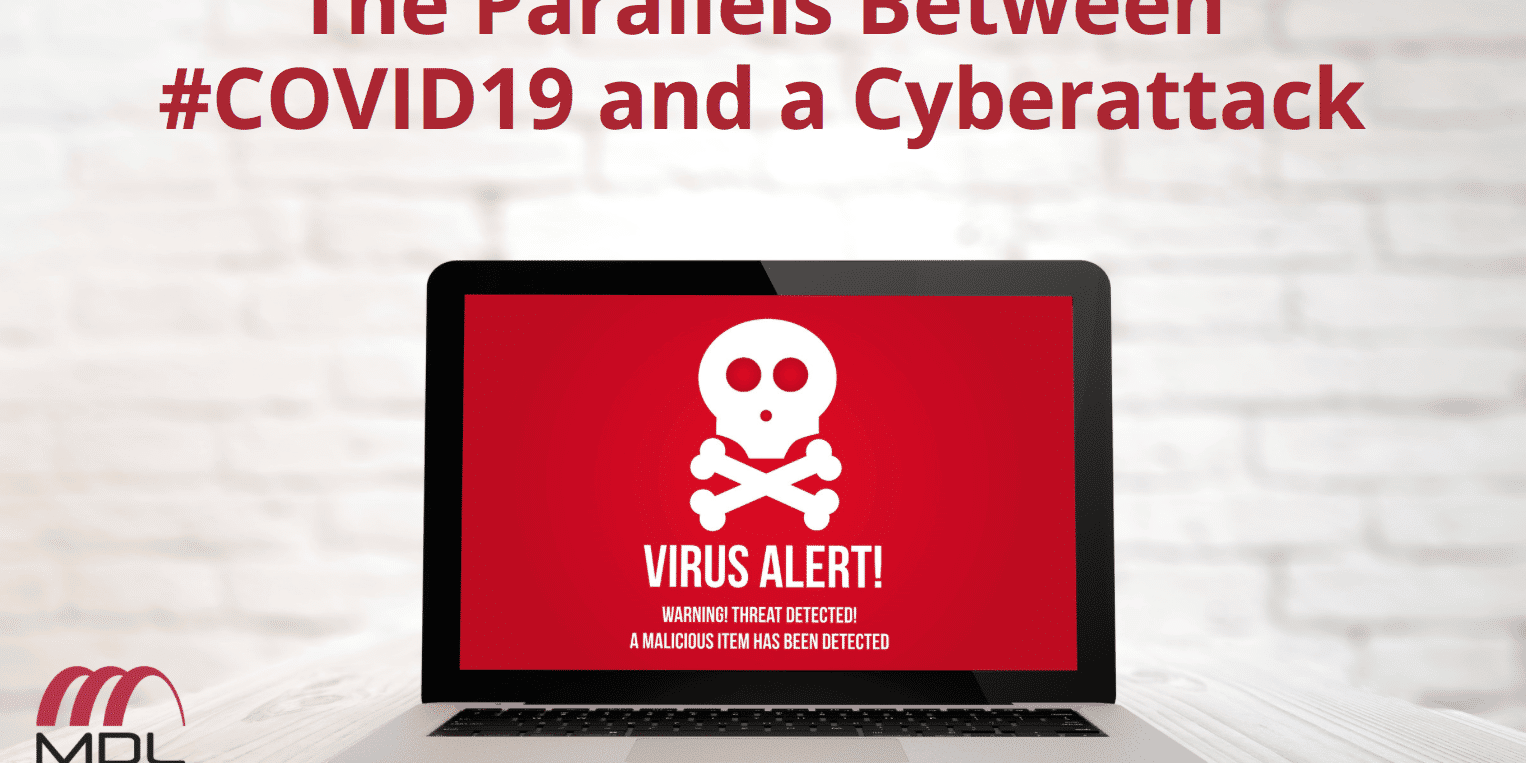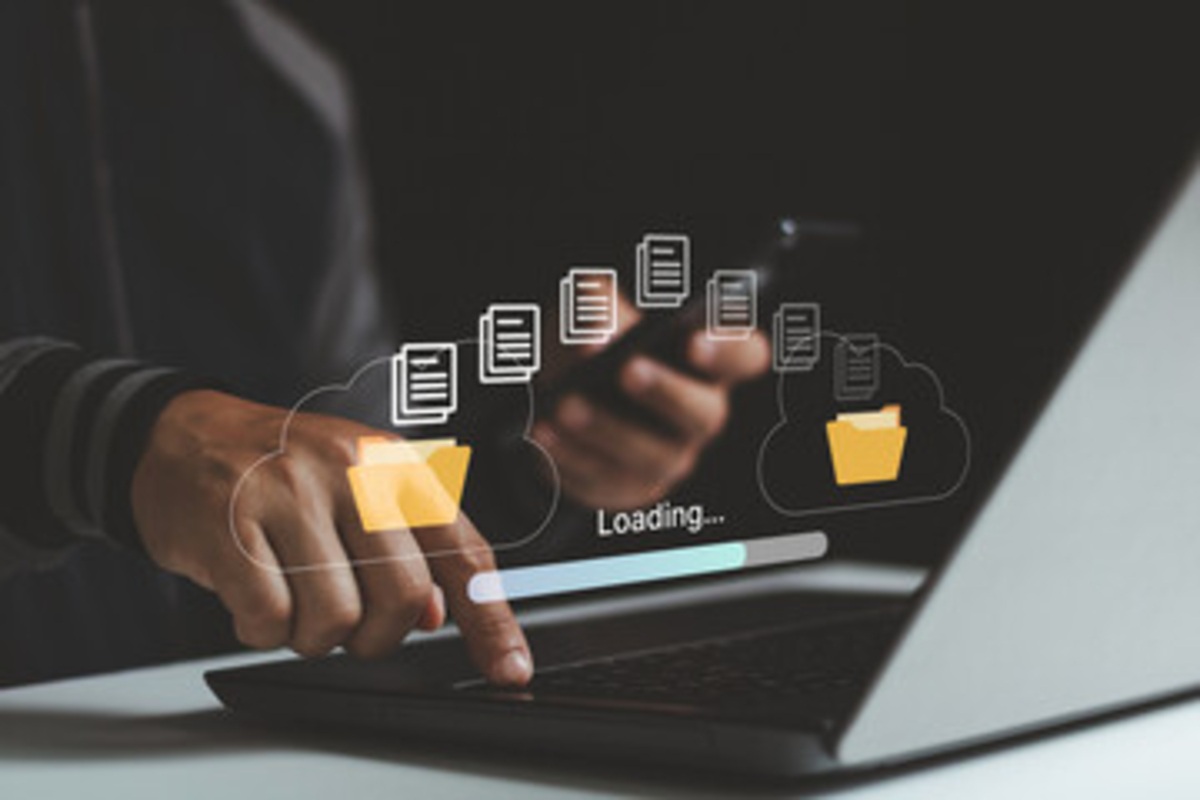Viruses — an infective agent that is capable of growth and multiplication. They can be found in living cells or non-living cells, and even computer programs. During this pandemic, the cybersecurity industry has learned multiple lessons about viruses from COVID-19 as well as pandemic response teams taking lessons from cybersecurity.
Not only do both pandemic and cybersecurity issues stem from viruses, but they also have very serious ramifications. From medical and economic records to communication and power delivery, the global impact that this pandemic has made in the past three months is similar to a cyberattack’s pattern of destruction. Here’s why.
Illuminating The Parallels Between A Cyberattack and A Pandemic
According to LawFare, recent cyberattacks have proven over and over that our systems are highly insecure. Multiple daily transactions including our paychecks, healthcare and electricity rely on networks of digital devices that store, process and analyze data. When these networks are compromised, your data is highly vulnerable, which can result in chaos and lasting damage. The results of a cyberattack are very similar to that of a pandemic, including:
- Global in Nature
- Countries and companies must look inward to manage a virus, but they must also work with others to contain its spread.
- Challenge Existing Systems
- Efforts from many nations or technological teams are required during a response, which is likely to challenge existing management doctrine and coordination mechanisms.
- Testing and Treatments Slowly Become Available
- If a cure or a solution is not available, experts must conduct tests and trials to find one.
- Preventing Another Outbreak
- This is the most important parallel. In order to avoid another outbreak, methods of detection and prevention must be put into place.

Computer Viruses
Viruses and malware usually have two main functions: to spread and to cause damage or theft. “Virus” is a blanket term typically used to reference computer malware They also possess the ability to avoid detection and replicate.
Hoax emails that warn about viruses are becoming increasingly popular. According to the University of Cambridge, these emails typically ask you to forward the “warning” to as many people as possible. Do not open or forward these; delete them.
A study by Top Ten Reviews found that 32% of the world’s computers are infected with some type of malware. Of that, 57% are viruses. Even more shocking, 27 million new strains of malware were developed last year.
It’s becoming increasingly important that your company’s computers have some sort of antivirus or security program. These seven uncomfortable truths about the state of cybersecurity will make you think twice about surfing certain sites on the web and opening up unfamiliar emails:
- Cyberattacks are now the norm, not the exception. Of all the IT organizations surveyed, 68% report being victims of a cyberattack last year, with larger organizations of over 1,000 employees facing even more attacks. In the U.S., 71% of those surveyed have been victims of cyberattacks. The question is no longer if a cyberattack will happen but when.
- On average, it takes organizations 13 hours to realize they’d been attacked. That’s a long time for a hacker to have access to important company documents. What’s worse, many organizations, particularly smaller companies, didn’t know at all how long it takes them to identify an attack. They lack the time, tools, money and experience required to find out how long an attack has been active.
- One in five IT managers doesn’t know how threats enter their organizations. Understanding a threat’s entry point is one key to preventing future attacks. This is, again, particularly an issue for smaller companies that lack the money and tools to fully investigate and understand attacks. Often, those companies only have resources to respond to attacks, not to study them.
- Organizations lose 41 days each year investigating low priority alerts. Only about 15% of investigations turn out to be related to actual infections. This costs companies immense amounts of money — money that could be spent on better cybersecurity systems.
- Eighty percent of IT managers feel unprepared to manage attacks. The majority of managers admit to wishing they had a stronger security team in place, meaning they lack the expertise needed to ensure cybersecurity.
- More than half of organizations aren’t using their cybersecurity solutions to their fullest extent. The majority of organizations have an Endpoint Detection and Response (EDR) tool, but over 50% lack the resources, such as cybersecurity expertise, to fully utilize this technology.
- Organizations that suffered attacks in the past year lose more time to investigating potential attacks than those that haven’t previously been victims of breaches. Companies that have been victims investigate twice as many potential attacks and lose one-third more time investigating attacks, as compared to companies that haven’t been victims of breaches before. One potential cause of this lost time is that prior victims still have poor cybersecurity, so more threats get through and there are more potential incidents to investigate.
What does all of this mean? Bottom line: companies must prioritize cybersecurity. It can be time-consuming and expensive, but weak cybersecurity is clearly costing companies a lot of time and money already. Organizations should work to ensure that their IT managers have the training and expertise they need to handle threats. Outsourcing cybersecurity to larger, more well-equipped companies could also save a lot of money in the long run.

Increasing Security
When it comes to the pandemic and cybercrime, prioritizing security would have been beneficial when many businesses were adjusting to shelter-in-place requirements. The quick transition to remote working made many businesses at risk of a cyberattack. No matter how secure their home internet connection is, remote workers will always need corporate-grade security support from IT desks and other professional security assistants. This is also true in public health services. Health care organizations need to push for increased capacity and more robust infrastructures in order to be prepared to respond to future viruses and prevent future pandemics.
MDL Technology Is Here To Help
We have seen business environments disrupted by the pandemic and cyberattacks. Increasing security and functionality in digital systems can help in the long run. As we navigate these unprecedented times, having a managed services team controlling your cybersecurity is one step in the right direction.
Your company’s security is our top priority. We offer services such as 24/7 support, network monitoring, offsite data backups, auditing and compliance and more to help ensure that you don’t need to stress about your team’s private information becoming public.
Learn more about the services we offer by visiting our website.







